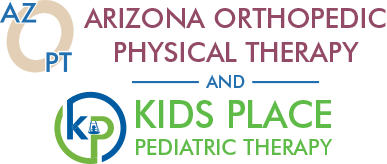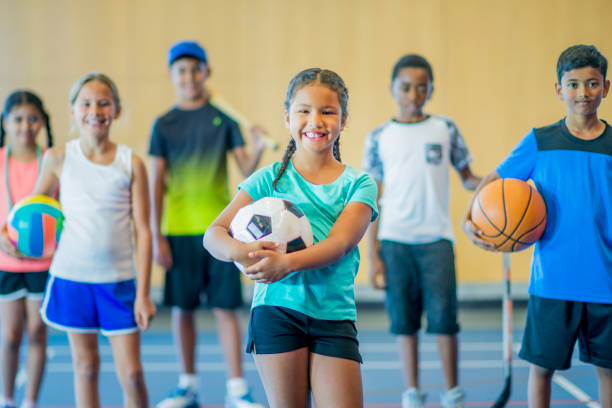5 Ways to Prevent Injuries in Youth Sports
Sports are a great way to help children develop physically and emotionally. Unfortunately, they also open the door for potential injuries. The following are five components that help prevent sports-related injuries in children. Each should be considered when your child becomes involved in a sport—whether recreationally or competitively—to help limit injury occurrence.
1. Preparticipation Examination
The American Academy of Pediatrics recommends a complete preparticipation evaluation (PPE) twice a year.
Elements of a PPE include:
-
Medical history: Often collected with short forms covering asthma, cardiac problems, neurologic conditions, medication, allergies, prior injury, trauma, illness, surgery, hospitalization, immunizations, and mental health concerns.
-
Medical examination: Assessment of the cardiovascular system, vision, and review of body systems.
-
Musculoskeletal testing (encouraged though not always required): Flexibility, gait, muscle performance, and joint laxity.
-
Medication screening: Identification of steroids, diuretics, recreational or other drugs for side effects and contraindications to sport.
Although many children are identified with musculoskeletal deficits through the PPE, few follow up with treatment. If deficits are noted, you should follow up with the recommended medical professional to determine readiness for sport. PPE ultimately determines clearance for activity or specific restrictions such as no contact, limited contact, or non-contact.
2. Training Program
After identifying strengths and limitations through the PPE, the next step is a training program addressing sport-specific needs.
This program should:
-
Be developed by a physical therapist, athletic trainer, or exercise physiologist.
-
Include yearly guidelines for training before, during, and after the season.
-
Incorporate cardiovascular training with low-intensity, long-duration activity.
-
Limit higher-intensity training to moderation, with anaerobic sessions about twice a week.
-
Include resistance training, which research now shows is safe and effective for pre-pubescent children when supervised.
-
Always use a dynamic warm-up, lighter weights, and higher repetitions to minimize accidental injuries.
3. Proper Supervision
The coach is the main supervisor and should:
-
Encourage PPE completion,
-
Lead warm-ups,
-
Check equipment, and
-
Enforce safety rules.
Officials and medical personnel (such as physicians, athletic trainers, or physical therapists) are secondary supervisors who provide immediate support during practices or games. All medical personnel should have first aid and CPR training in addition to their clinical skills.
4. Protection
Proper protective equipment is crucial to reduce risk:
-
Headgear: Football, baseball, hockey.
-
Eye protection: Hockey, baseball, basketball, football, racquet sports.
-
Mouthguards: Football, hockey, basketball, wrestling, boxing, field hockey, rugby, lacrosse, baseball, and other field events.
-
Footwear: Should provide adequate foot control, flexibility, and cushioning.
5. Environmental Control
The sports environment also plays a large role in injury prevention.
-
Playing surfaces: Should be smooth, even, and properly lit.
-
Temperature and humidity: Must be monitored, as they affect fluid replacement in children.
-
Hydration:
-
Fluid levels are vital for body temperature regulation.
-
Athletes should avoid losing more than 2% of body mass through sweat.
-
Thirst is a delayed signal, so hydration should begin before athletes feel thirsty.
-
- Signs of dehydration: flushed skin, apathy, dizziness, headache, nausea, vomiting, chills, or shortness of breath.
- Signs of overhydration (hyponatremia), common in endurance events: delirium, disorientation, confusion, agitation, coma, and seizures.
By combining medical screening, structured training, qualified supervision, proper equipment, and environmental awareness, parents and coaches can help keep young athletes safe while allowing them to enjoy the many benefits of sports. In the unfortunate event your child does get injured, Arizona Orthopedic Physical Therapy is here to help.
Information sourced from:
Campbell’s Physical Therapy for Children, 6th Edition
Elsevier – Physical Therapy for Children







